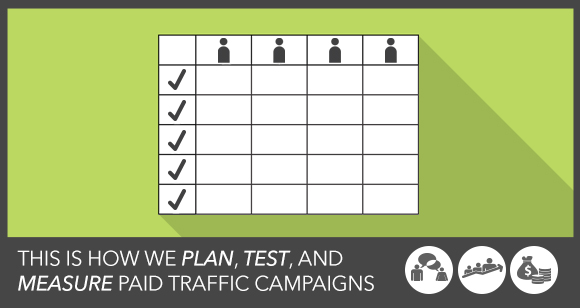Google Stops Supporting Sitemap Pings. Everything You Need To Know
Learn how Google’s ending support of sitemap pings affects your SEO strategy and how to communicate future content changes to search engines.

If you’ve worked in Google Search Console over the last 18 years, you’ll have uploaded and updated a sitemap more than once. The sitemap protocol was originally introduced in 2005 as a unified communication method for site owners to inform search engines about their content structure.
Notice that we’re talking about a communication channel, because that file wasn’t just a static directory sitting on your server. Your sitemap’s ping endpoint gives you the option to notify Google and Bing about the recent changes to your blog or landing pages. The search engines’ bots would then crawl your website again to update their records and include your changed content in the SERPs.
However, that system came with a few flaws, which is why Google will no longer support the sitemaps API endpoint by the end of 2023.
Let’s discuss what that means for you and your SEO strategy.
What Will Replace the Sitemaps Ping Protocol?
First, it’s important to understand why search engines are taking this step. Both Google and Bing have noticed that the unauthenticated submissions through sitemap pings were often used for spam. In addition, recent trends show that site owners increasingly rely on the lastmod tag to communicate the last date their content was modified.
A recent blog post by Bing confirms that change in behavior. According to their exchanges with webmasters, most sitemaps indicated the date of the site’s generation rather than the last content modification.
Both observations combined led them to shift from one system to another. While you don’t need to worry about existing code or plugins using sitemaps pings causing problems, they also won’t serve SEO purposes anymore.
The basic premises guiding how search engines will evaluate your content haven’t changed, though.
Follow proper formatting: Your lastmod element has to use the supported W3C datetime format (YYYY-MM-DD).Be honest about changes: If your actual content changes aren’t consistent with your lastmod element, eventually search engines will stop trusting you.Use it for significant changes: You don’t have to use a lastmod element for every single page. Just use it when you’ve made a meaningful change.As long as you format your lastmod tags properly and are honest about substantial content changes, you should be fine. The biggest difference is that you now have more sophisticated control, because you’re no longer pinging search engines about one change through the sitemap but several through tags.
What About the “changefreq” and “priority” Tags?
Depending on your personal preferences or habits, you may have used the changefreq or the priority element to indicate how frequently you update your content or which site you consider more important.
However, keep in mind that the idea behind this change is to use an objective metric and avoid spam.
If every webmaster determines how often they’ll update their blog content and which pages are more important than others, you can see how lofty goals and subjective interpretations could become problematic down the road.
While there’s probably no harm in using those tags to deliver additional information to search engines, you shouldn’t rely on them instead of the lastmod tag to indicate your site’s change frequency.
Even smaller updates from Google and other search engines will make lots of webmasters panic. Don’t go there.
As we’ve pointed out, you’ve got half a year to adapt, and even if you do use the sitemap ping endpoint, it won’t harm your rankings, as long as you continue to deliver valuable content and communicate honestly with both your audience and search engines.

 Konoly
Konoly 
































